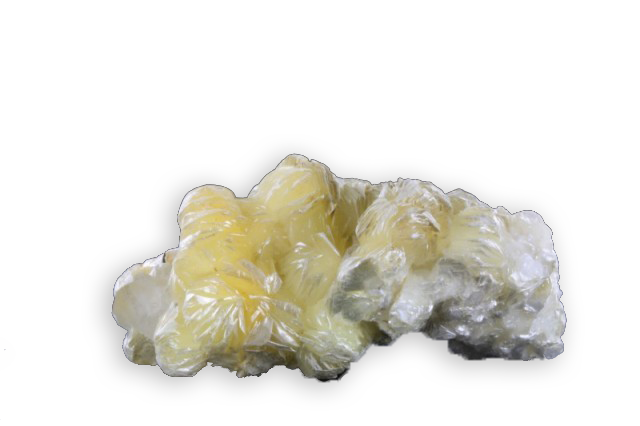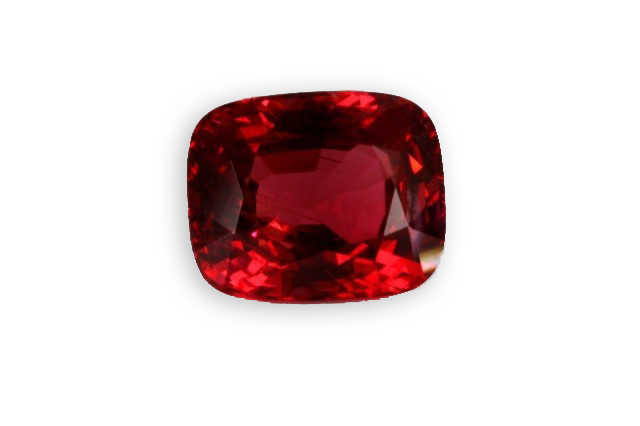
yellow
Je vous emmène à travers mes vidéos découvrir mon expérience acquise depuis plus de 30 ans a silloner le globe entier à la recherche de pierres précieuses, de rencontre mémorables mais aussi de difficulté parfois …
actualités
Categories


staurolite
It is named after his twins very frequently cross-shaped: the twin cross of St. Andrew (60 degrees) and that of the Greek cross (90 degrees), in Greek “stauros” means cross and “lithos”, stone, hence its name “cross stone”. Another twin “in wheel”shape exists in the


sphalerite
Its name comes from the Greek “sphaleros” meaning traitor, deceitful, because in its black variety it looked like galena but did not release lead during fusion … and because of its brightness was also confused with the diamond. It is the major ore of zinc.


simpsonite
It was discovered in Australia and its name honors the Australian mineralogist Edward Sydney Simpson (1875-1939).



